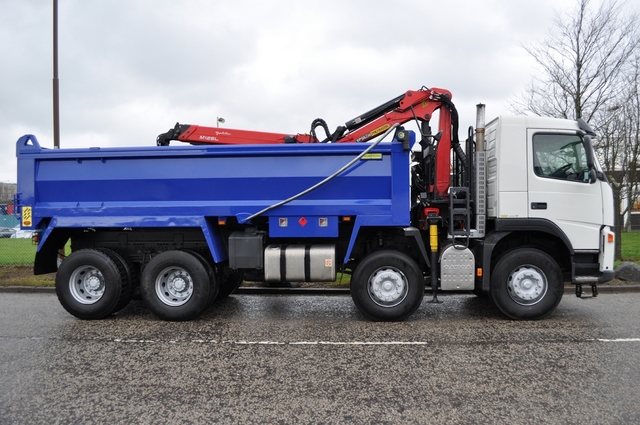Commercial aviation has come a long way since the Wright brothers’ first powered flight in 1903. Over the past century, it has evolved into a thriving industry that connects people and goods across the globe. From the early days of propeller-driven aircraft to the modern era of high-tech jetliners, the world of commercial aviation has seen remarkable advancements. In this blog, we will explore the fascinating journey of commercial aviation and discuss the innovations that have shaped the industry into what it is today.
The Pioneering Days
The history of commercial av can be traced back to the early 20th century when aviation pioneers like Orville and Wilbur Wright, Louis Blériot, and Charles Lindbergh made headlines with their daring flights. These visionaries laid the foundation for an industry that would change the way we travel and do business.
One of the most significant milestones in commercial aviation was the introduction of the first scheduled passenger airline service in 1914. The St. Petersburg-Tampa Airboat Line, founded by Tony Jannus, offered regular flights between the two Florida cities, marking the birth of commercial air travel. However, these early flights were far from the luxurious experiences we enjoy today. Passengers were exposed to the elements and often had to endure bumpy rides in open-air aircraft.
The Golden Age of Aviation
The 1930s marked the beginning of the “Golden Age of Aviation,” a period characterized by the introduction of larger, more comfortable, and faster aircraft. Companies like Boeing, Douglas, and Lockheed led the way in developing modern airliners that could carry more passengers and cover longer distances.
During this era, iconic aircraft like the Boeing 247 and the Douglas DC-3 became symbols of luxury and sophistication. The DC-3, in particular, revolutionized air travel with its reliability and comfort, making it the first commercially successful airliner. It could carry up to 21 passengers and paved the way for the expansion of commercial aviation routes.
The Jet Age Takes Flight
The 1950s and 1960s brought about another transformative period in commercial av—the Jet Age. The introduction of jet engines revolutionized air travel by significantly reducing travel times and offering a smoother, more efficient ride. The Boeing 707 and the Douglas DC-8 were among the first jet-powered airliners to enter service.
The Boeing 707, in particular, played a crucial role in making long-distance travel more accessible to the masses. It could cruise at speeds of over 600 mph, dramatically cutting down travel times on transatlantic flights. This marked the beginning of international air travel becoming commonplace.
The Rise of Modern Aircraft
In the latter half of the 20th century, aircraft manufacturers continued to push the boundaries of innovation. The development of wide-body aircraft like the Boeing 747 and the Airbus A380 allowed airlines to carry even more passengers on long-haul routes. These iconic “jumbo jets” redefined the concept of air travel by providing spacious cabins and various amenities to passengers.
Moreover, advancements in avionics, navigation systems, and safety technology have made flying one of the safest modes of transportation. Pilots can now rely on sophisticated autopilot systems, advanced weather radar, and computerized flight management systems to ensure safe and efficient flights.
The Digital Revolution
The 21st century has witnessed a digital revolution in commercial aviation. Airlines and aircraft manufacturers have embraced cutting-edge technologies to enhance safety, efficiency, and passenger experience. Here are some of the notable developments:
Fly-by-Wire Systems: Modern aircraft are equipped with fly-by-wire systems that use digital computers to control flight surfaces, making flying more precise and efficient.
In-Flight Connectivity: Passengers can now stay connected in the air with Wi-Fi and in-flight entertainment systems, allowing them to work, stream, or stay in touch while flying.
Fuel Efficiency: Aircraft manufacturers are constantly working on improving fuel efficiency, reducing emissions, and exploring alternative propulsion technologies, such as electric and hybrid-electric propulsion.
Advanced Cockpit Displays: Cockpit technology has evolved with the introduction of large, high-resolution displays and augmented reality systems, enhancing situational awareness for pilots.
Sustainable Aviation: The aviation industry is actively working to reduce its environmental footprint by exploring sustainable aviation fuels, electric aircraft, and carbon offset programs.
Conclusion
Commercial aviation has undergone a remarkable transformation over the past century. From the pioneering days of open-air biplanes to the modern era of cutting-edge technology and sustainable aviation, the industry has continuously evolved to meet the changing needs of travelers and businesses around the world. As we look to the future, we can expect even more exciting developments in commercial aviation, including supersonic travel and autonomous flight. The sky is truly the limit for the world of aviation, and we can’t wait to see where it takes us next.




